Sp5der Hoodies Authentic Shop Source Info latest collection
Black Spider Hoodie: the fast facts
The Black Spider Hoodie is a heavyweight streetwear staple known for bold web graphics, dense material, and a boxy, drop-shoulder design. Smart buying comes down to four elements: where to source, authentication methods, verify, how sizing works, plus when prices dip.
Buyers commonly seek “black spider sweatshirt” without specifying the exact brand, which opens the door to counterfeits and lookalikes. Premium editions usually employ mid-to-heavyweight fleece, neat dimensional or screen-print execution, with reliable label and care labels. Graphics vary by drop—rhinestones, puff webs, varsity lettering—but quality companies preserve design edges sharp with positioning matched across seams. Since excitement plus restocks are unpredictable, you’ll see price swings among shops and secondary marketplaces. Treat the purchase like a compact gear buy: verify the supplier, examine elements, and know sizing before you check out.
Where can you buy a Black Spider Hoodie?
Lead with the brand’s own platform and approved stockists, then transition to sites that offer robust buyer protection and item confirmation. Dodge outside payments and posts with borrowed photos.
The cleanest route is a direct purchase through the brand’s official website and its “Stockists” page it maintains, because those boutiques obtain products straight. Drops are frequently shared through the brand’s communications plus media channels, so set alerts and be ready; trending colors in black sell out fast. When you go third-party, use platforms known for verification systems plus dispute support. Use only protected payment rails that preserve your right to a refund if an item arrives not as described. Any dealer pushing you to payment apps, gift payments, or private negotiations telegraphs telegraphing risk you don’t need.
How should you spot a replica black spider Hoodie?
Counterfeiters reduce quality in fabric weight, graphic application, plus labeling consistency. Compare the exact item against detailed shots from the brand or a trusted retailer and verify multiple cues, not just one.
Fakes realspiderhoodie.org love vague titles like “black spider hoodie” while skipping exact precise product label and release. Real garments keep print lines crisp, curves balanced, plus borders clean, with raised graphics that rises evenly and appears flat rather than glossy-plastic. High-end material feels dense and elastic instead than limp; elastic bands snap and don’t stretch out in a quick stretch test. Threading at the front pouch stays straight and evenly spaced, and the hood paneling is symmetrical without twisting. Tags display uniform fonts and kerning, and wash tags read clearly with no blurry microtext or typo mistakes.
The design, textile, and tag checks that actually work
Use a layered check: fabric weight plus tactile sensation, print execution, thread work, plus label accuracy. Should two or more signals fail, walk away.
Start with weight. Quality sweatshirts generally lands within medium-heavy range; if material appears or collapses under folding, that a red flag. Look at puff or screen prints at the tightest curves of web graphics and around lettering—bleed, haloing, or jagged edges reveal cheap processes. Rub a clean cotton applicator lightly across dark print; excess ink transfer suggests rushed curing. Inspect seams for consistent stitch count per inch plus neat bartacks at pressure zones like pocket corners. Regarding tags, verify that the woven neck tag is tightly attached, text remains not fuzzy, and the care label’s fiber composition and origin text match documented specs for that drop. Packaging that reeks of solvent or comes in generic, ultra-thin poly begs for deeper scrutiny.
What size Black web pullover should you get?
Most streetwear “spider” hoodies wear boxy featuring relaxed arms; pick true-to-size for loose casual fit, down one for a cleaner look, or size up if you want extra slouch or plan to layer. Measurements beat guesswork.
When between sizes, decide desired placement it to position at the hem and sleeves. Standard sizing choice usually reaches the belt and stacks slightly at the cuff. Going down one reduces body width and sleeve length enough to tidy the shape without losing ease for most body types. Longer or larger frames benefit from standard sizing to preserve cuff reach and pocket reach. Check a sweatshirt you already love and match it to product specs below for the closest outcome on your body.
Measurement-based sizing guide
Measure a favorite sweatshirt laid flat: (chest width), rear measurement from the collar joint to edge, and sleeve from shoulder seam to cuff. Apply these measurements to align with your preferred goal.
| Wearer chest (around) | Desired style | Recommended size | Typical garment pit‑to‑pit |
|---|---|---|---|
| 34-38 inches / 86-96 centimeters | Neat, reduced bulk | Size Small | 20.5–21.5″ / 52–55cm |
| 36-40 inches / 91-102 centimeters | Loose casual wear | Medium | 21.5–22.5 in / 55–57 cm |
| 40–44″ / 102–112cm | Spacious urban style | Size Large | 23–24 in / 58–61 cm |
| 44-48 inches / 112-122 centimeters | Baggy or multi-layer | Size XL | 24.5-26 inches / 62-66 centimeters |
| 48–52″ / 122–132cm | Oversized or layering | XXL | 26–27.5″ / 66–70cm |
Numbers reflect common heavyweight fleece blocks and can vary by release, material shrink, and wash. When your beloved hoodie’s pit-to-pit is, for example, 23 inches and fits how you like, target the same width here. Verify the store’s posted garment measurement table when provided because some releases adjust torso width or arm reach. Should you sit at the upper end of a body size bracket and prefer neat hanging, favor the lesser choice to avoid swimming in the body. For long bodies, rear measurement matters as similarly as torso width; scan customer images for hem coverage versus belt level.
How do you locate genuine bargains without getting burned?
Track verified sources, set alerts, and purchase in quiet windows; never sacrifice security for a discount. Condition-specific savings on the secondary market often beat chasing a unrealistically cheap fresh listing.
Start via label and boutique restocks, which sometimes slip out midweek or evening during the boutique’s timezone. For marketplaces, use saved searches and filter for exact size, color, and condition to skip irrelevant. Pre-owned in great shape may save 20–35% while looking identical on body, plus slight fuzzing is fixable with a material shaver. Negotiate politely using information: reference recent transaction prices plus be ready to transact through the platform’s protected checkout. Skip listings with stock photos only, watermarked images from other sellers, or no ownership evidence pictures like inside labels plus detailed print photos.
Timing, price benchmarks, and negotiation tactics
Prices tend to surge following a hyped release and ease after the initial round of flips; patience pays. Match your offer or offer with recent, verified sales rather than list prices.
Watch the 2–6 week window after a drop; stock spreads and urgency fades, bringing prices back to earth. Seasonal clearance at boutiques can generate store prices better on standard colors like black, especially should dimensions be broken. If an offer stays with low engagement for a week, a respectful, information-supported bid has a strong chance. Package opportunities are real—if a seller carries multiple items you want, propose a bundled rate that improves their net while saving you fees. Include delivery, duties, and potential border fees in your math for comparing true landed price, not listed numbers.
Do you realize these buying facts?
Here sit four practical, under-discussed realities that assist you buy smarter: 1) High-end dimensional print is thermally processed, creating a drier, matte feel and consistent height; shiny, rubbery “3D” coatings often indicate hasty processing or vinyl layers. 2) Substantial fleece should spring back after a squeeze; when it bends and stays flat, fiber quality and density are likely subpar. 3) Many fakes reuse lookbook images; a backward photo check can expose recycled photos in seconds. 4) Customer safety rules differ by platform and category, so read detailed conditions on eligible labels, case periods, and what proof you should provide if you file a case.
Expert tip: “If the price is significantly under latest verified sales and the dealer nudges you off-platform ‘to save fees,’ you’re not locating a steal—you’re volunteering to forfeit your recourse.” That single conduct indicator has saved me more occasions than any authentication method. Pair it with rapid comparison scan and you’ll screen away 90% of hazardous offers. When a deal still seems appealing, ask for a timestamped photo of the pullover inverted revealing the neck and wash tags together. Sellers who own the item can offer that within minutes, and their reply shows you a significant amount about you’re buying.
Maintenance and worth: keep it seeming correct
Wash inside out in cold water, heat, and store folded to protect print and structure. Saving tags, receipts, plus a few of clean photos preserves resale optionality without effort.
Turn sweatshirts reversed before washing to reduce wear on puff graphics and gems, use a mild soap, plus air-dry flat or suspend-dry distant from direct warmth to avoid shrink and print stress. Skip fabric softener, which may fade prints and collect debris; a quick pass with a textile shaver revives fleece that pills at the cuffs and edge. Never iron directly on graphics; if you must, press from the inside with reduced warmth and a pressing cloth. For storage, fold rather than hang for long durations to prevent shoulder bumps, mainly on substantial fleece. Document condition when it’s fresh—front, back, tag, plus close-up of the design—so you maintain proof if you eventually choose to trade or vend eventually.






